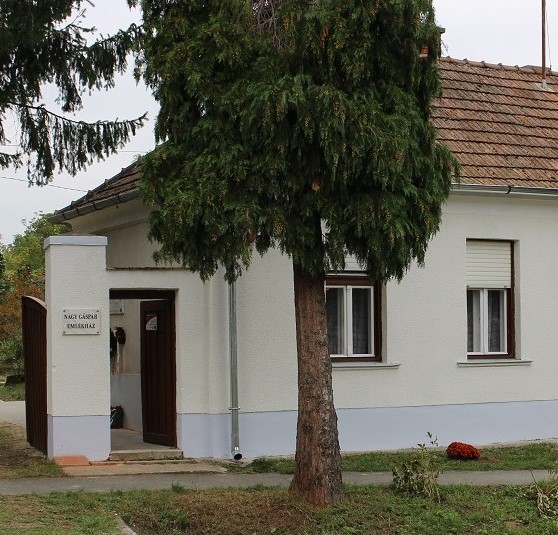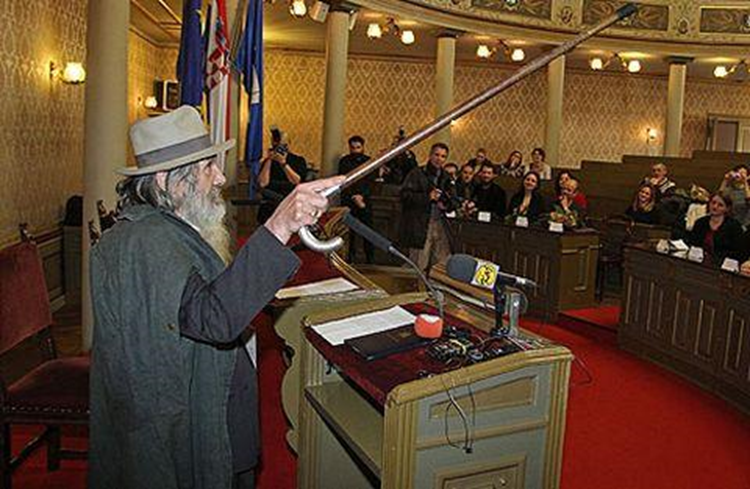
Vladimir Dodig Trokut received a lifetime achievement award on 12 December 2013. The award committee explained it was due to his involvement in first public action group, "Red Peristyle," which in 1968 marked the beginning of conceptual and post-conceptual art in the former state and his continued artistic growth on that foundation.
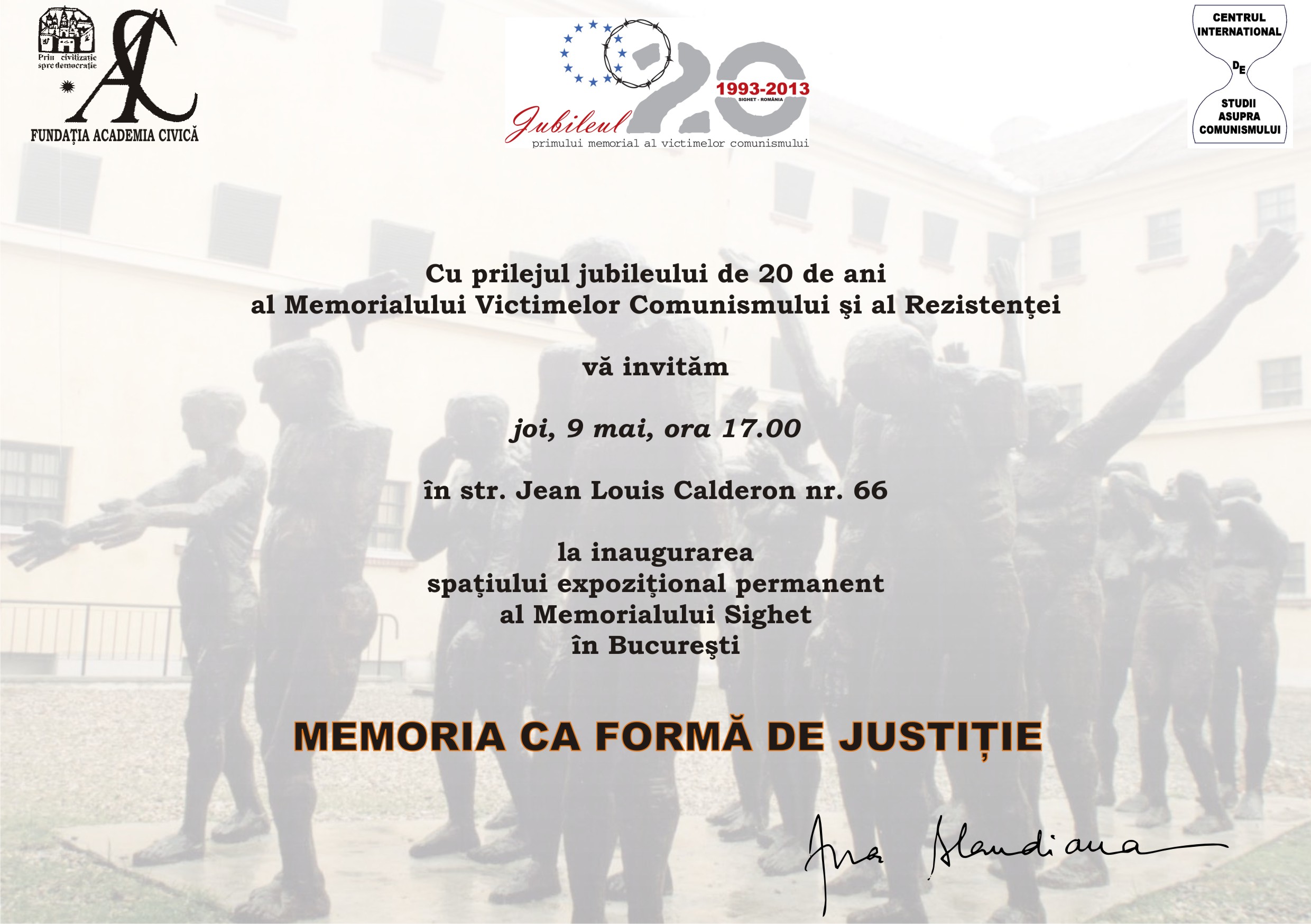

În 2013, Fundația Academia Civică a marcat, printr-o suită impresionantă de eveniment, împlinirea a două decenii de existență. Startul anului jubiliar a fost dat în 29 ianuarie, cînd pe siteul Fundației au fost postate cele mai importante documente și urme ale momentelor fondatoare. La 5 aprilie și 23 aprilie au fost comemorate șase decenii de la moartea lui Iuliu Maniu și Gheorghe Brătianu (doi dintre cei 54 de iluștri mortți de la Sighet despre care nu se știe nici pînă acum unde au fost înmormîntați. În 9 mai a aceluiași am a fost vernisat spațiul expoziționat ”Memoria ca formă de justiție”. În 15 mai a avut loc un concert de gală la Ateneul Român, ocazia cu care s-a cîntat ”Recviemul” lui Mozart. În 13 iunie a fost marcată Ziua Memoriei la Sighet, iar între 12 și 15 iulie, s-a ținut ediția jubiliară a Școlii de Vară de la Sighet. În 16 iulie a avut loc o întîlnire omagială a reprezentanților Fundației Academia Civică la sediul Reprezentanței Comisiei Europene de la București.
Pe tot parcursul anului 2013 au fost editate și reeditate lucrări de referință care completează o deja impresionantă bibliotecă a acestei Fundații. 2013 este și anul în care este publicată monumentala Cartea morților, un dicționat masiv ce include numele a zeci de mii oamenii uciși de reprezentanții regimului comunist din România. Expoziția-vedetă a Memorialului Sighet, ”Rusaliile negre” a fost itinerată prin mai multe orașe din Germania, cu numeroase ecouri în presa de acolo.
De altfel, întreg șirul de acțiuni care au alcătuit desfășurătorul acestui jubileu s-au bucurat de o presă foarte bună. Jubileul care a marchat două decenii de existență pentru Fundația Academia Civică s-a încheiat, în mod simbolic, în 4 decembrie, la ”Casa Europei” din Paris, condusă de Catherine Lalumiere cu un colocviu a cărui temă a fost ”20 de ani de memorie, un sfert de secol de tranziție: spre ce?”.
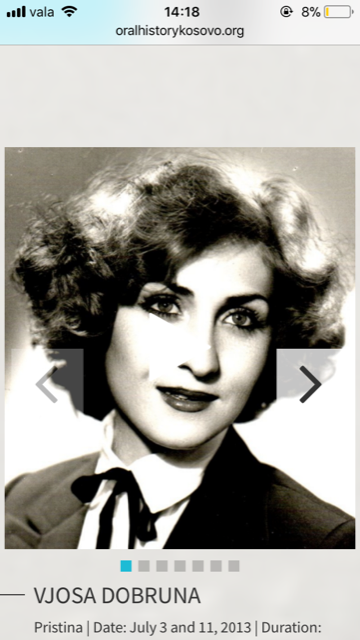

KOHI conducted two interviews with Dr. Vjosa Dobruna, on 3 July, and 11 July, 2013. Dobruna was born in Gjakova/Đakovica. She works as a pediatrician and a human rights activist, and is a founder of the Center for the Protection of Women and Children, a Safe House for women in Gjakova/Đakovica, as well as the Women’s Center in Tetovo.
Dobruna served as Chair of the Board at Radio Television of Kosovo (RTK), and as National Head of Department for Democratic Governance and Independent Media under the United Nations Interim Administration Mission in Kosovo (UNMIK). Vjosa joined Kosovo’s diplomatic service in 2012 when she was appointed Ambassador of the Republic of Kosovo to the Netherlands. She has received several awards, including the Jonathan Mann Award for Global Health and Human Rights, the Alexander Langer Award for Minority Rights, the Edward Barsky Award for Courageous Physician, and the International Woman of the Year Award. Vjosa Dobruna became a fierce advocate of women’s health and women’s rights issues during the Milošević era, when violence against Albanian women in Kosovo began to intensify, after she was fired from the hospital where she worked as a pediatrician in the 1990s. Her political activism began earlier however, when she supported prisoners of conscience, three of whom were her paternal uncles. Dobruna provided the detainees with finely ground valium mixed into sugar – one of the items allowed in prison – to alleviate the pain of torture that all detainees endured. In 1993, Dobruna founded the Center for the Protection of Women and Children in Kosovo with other local activists who shared her disenchantment with the unwillingness of Albanian leadership to recognize that women were being victimized. She also collaborated with Italian feminists to raise funds and support in quite difficult conditions. As a doctor and human rights activist, Dobruna’s role was crucial in treating and advising women across Kosovo before, during, and after the war. Like Shukrije Gashi and others, Vjosa Dobruna became a fearless leader through lessons she learned from her family: her grandmother, father, and uncle were active as partisans in the war against fascism, and three of her uncles served a cumulative twenty-five years in detention as Yugoslav prisoners of conscience.

 Event (general): Samizdat periodicals of the Libri Prohibiti library listed by UNESCO in Memory of the World Register
Event (general): Samizdat periodicals of the Libri Prohibiti library listed by UNESCO in Memory of the World Register
In 2013, the Libri Prohibiti Collection of Czech and Slovak Samizdat periodicals from the years 1948–1989 was listed by UNESCO in its Memory of the World (MOW) Register. It is the largest collection in the world. According to the MOW Registry, "the completeness and uniqueness of a large number of documents attest to the fight against the communist totalitarian regime and is importance for the study of the history of the twentieth century. It is also important from the standpoint of the history of professional journalism, science and ethics."The Memory of the World Register, founded in 1995, lists documentary heritage which has been recommended by the International Advisory Committee, and endorsed by the Director-General of UNESCO, as corresponding to the selection criteria regarding world significance and outstanding universal value.
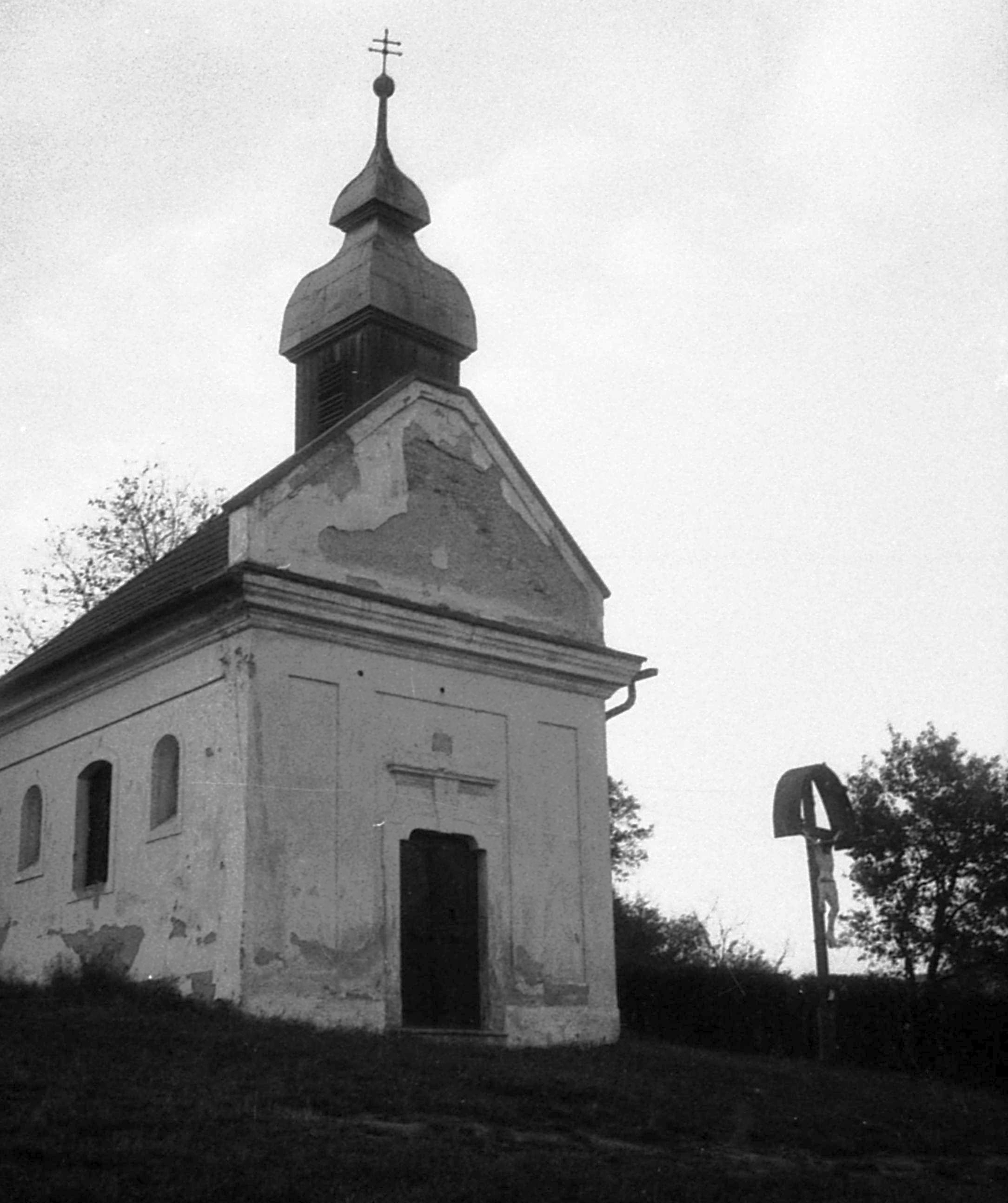
This interview collection provides fascinating insights into the barely known everyday culture of grassroots Catholic communities under late socialism. Sociologist István Kamarás’ research collection represents an alternative lifestyle which never suited the official communist ideology.
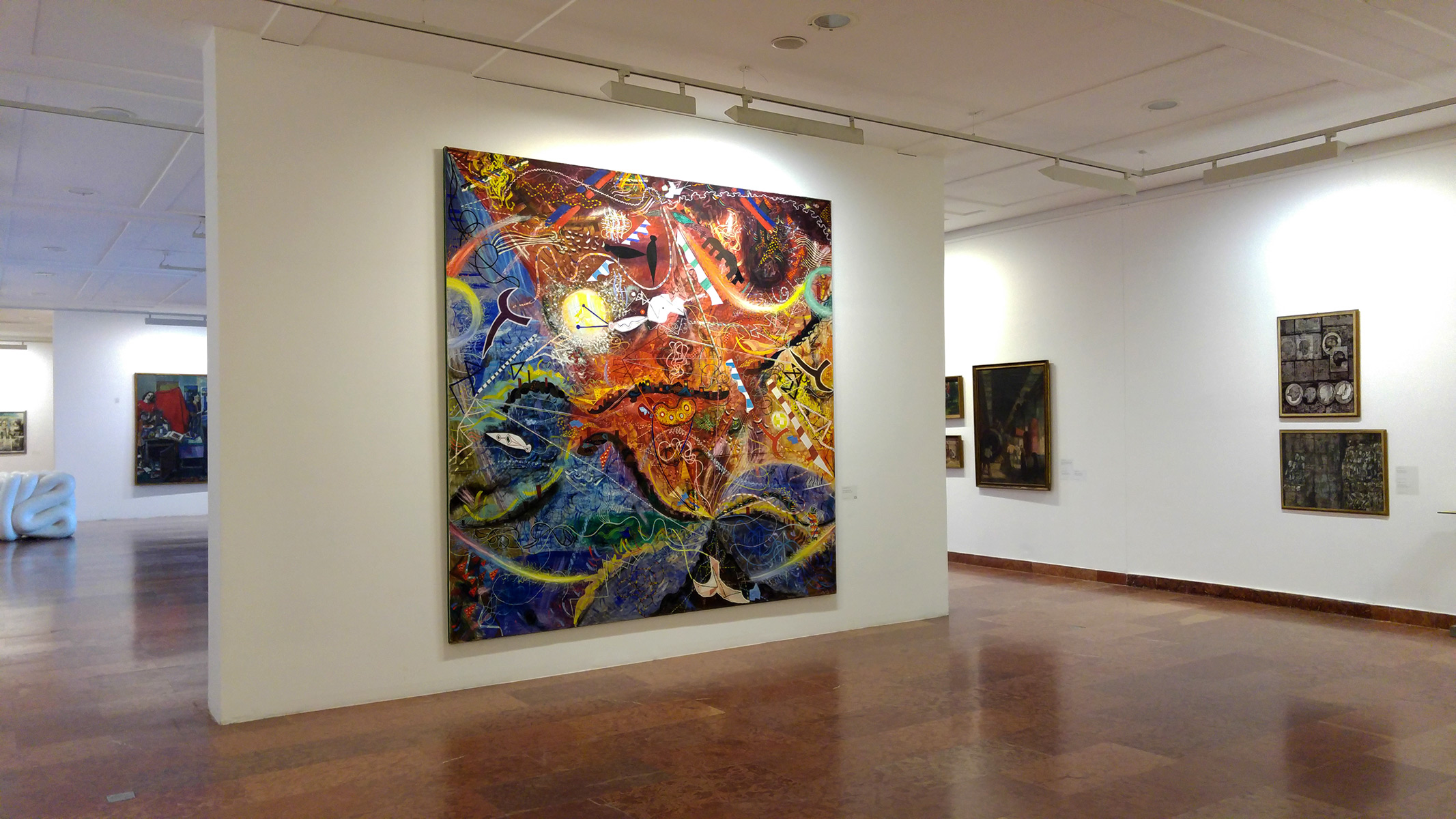

The permanent exhibition of the Contemporary Collection that was rearranged in November 2013 presents a selection of post-war Hungarian art. One must emphasize here the word selection, as altogether a hundred-fifty works are on display from nearly twelve thousand items in the collection.
The display arranges the works into sections of loose chronological order (post-surreal tendencies, art after socialist realism, from surnaturalism to the effect of pop art, Iparterv, avant-garde tendencies in the seventies, “conceptual art,” and photorealism, post-socialism), while commensurable aspects are highlighted.
It was an important selection criterion to find works linking with international tendencies, which, as an accentuated aspect, is a significant difference from the previous arrangement of the permanent exhibition. Three groups of works introduce the chronological division (constructions, machines, edifices, installations in the dome), and two significant sculptures from the sixties and seventies, accompanied by photographs.
The curator said in an interview that he envisioned an audience of foreign visitors interested in Hungarian art, but without much concrete knowledge, as well as young people under the age of 35, and he arranged the sections and the introductory text blocks with these target groups in mind. The texts lead the visitors through the exhibition by quoting thoughts from essays of the given periods, with the exception of the last section, which entirely relies on the curator’s conclusions.
The last two sections also reveal gaps in the collection, as installation and media art are underrepresented compared to their historical significance, with only a very few works on display. In this context the curator said in an interview that he wanted to create a picture of the collection instead of presenting the entire history of Hungarian contemporary art—and thus to get a complete overview one has to visit the permanent exhibition of Ludwig Museum Budapest as well.
Critics of the arrangement would have desired more reflective preparation in accordance with the canon-forming position of the institution, with a team of experts instead of one single curator in the conceptual phase. They also desired to see the characteristics of the collection expanded better, with more texts and documents concerning the grey zones between official and unofficial art, which is what they consider the most problematic part of the account of these periods.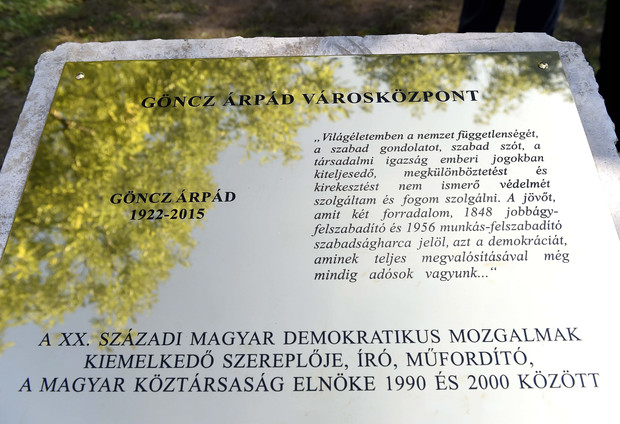

The family collection of Árpád Göncz was collected and preserved mainly by the Göncz couple as a private collection for decades. From 1990 onward, when Árpád Göncz was elected President of the Hungarian Republic, many new private and semi-official records and objects (e.g. letters, books, photos, presents, prizes, etc.) were added. Since 2013, the newly established Árpád Göncz Foundation has been responsible for the collection, of which the owner is presently Zsuzsanna Göntér, the widow of the late president.
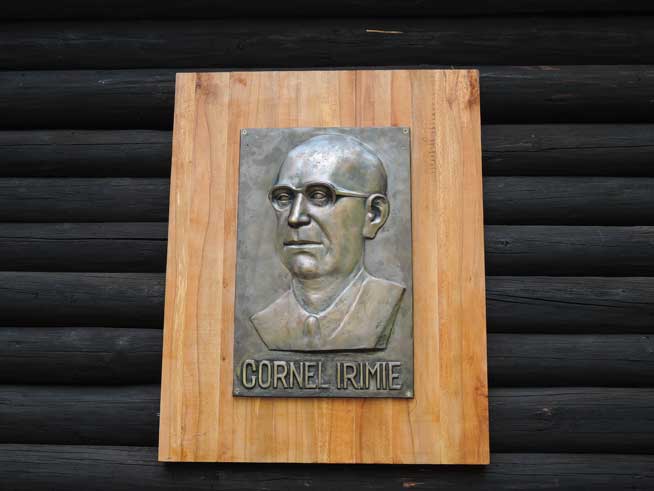

 Anniversary of the foundation of the ASTRA Museum and commemoration of its founder Cornel Irimie, 1-4 October 2013
Anniversary of the foundation of the ASTRA Museum and commemoration of its founder Cornel Irimie, 1-4 October 2013
On 1–4 October 2013, the ASTRA Museum in Sibiu hosted the celebration of the anniversary of the museum’s foundation and the commemoration of its founder Cornel Irimie. At the centre of this event were the opening of the exhibition “Thematic Project of the Open-Air Museum,” the unveiling of a bas-relief bust of Cornel Irimie, and the official opening of the Cornel Irimie cabinet at the museum. The exhibition illustrated with the help of old photographs, maps, and plans the stages in the museum’s development from its beginnings in 1963 until the 2000s. The opening of the exhibition was followed by the unveiling of the bas-relief bust, created by the local sculptor Gavril Abraham. The Cornel Irimie cabinet was opened in the mansard of one of the first buildings of the Museum. Here, museologists of the ASTRA Museum recreated the atmosphere of the 1960s and 1970s by exhibiting certain objects from Irimie’s desk, such as his personal books, chair, tape recorder, radio and TV sets, and desk lamp.
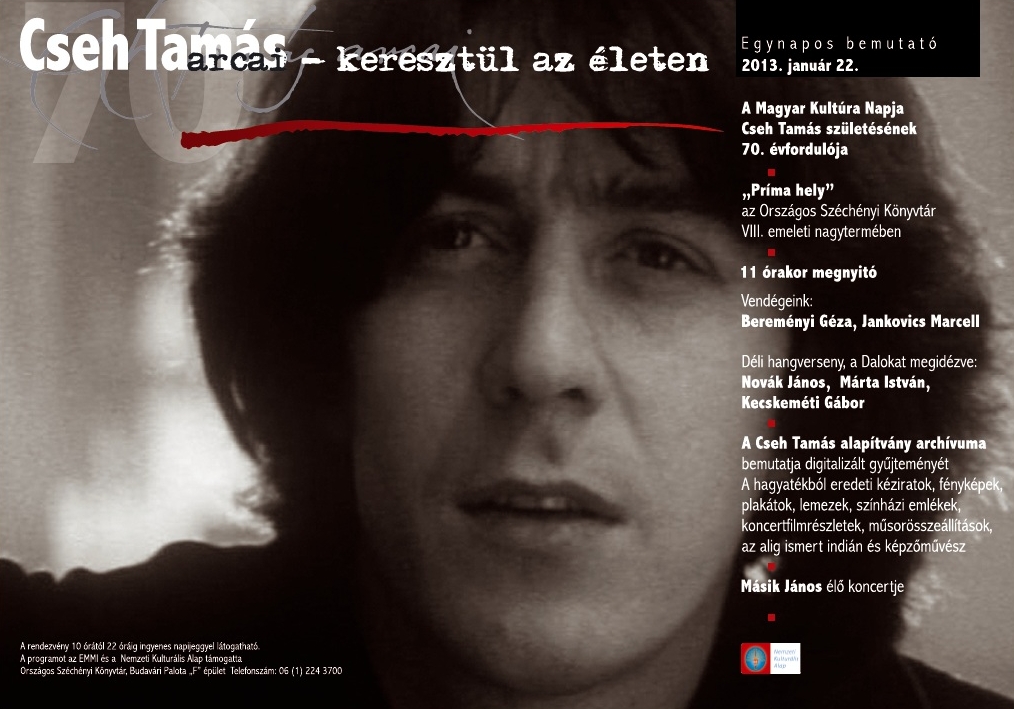

OSZK, Budapest, 22 January 2013.
On his 70th birthday, a one day memorial exhibition was presented on the eighth floor of the National Széchényi Library (an interior evoking the early 1970s). It featured relics (including his tipi), photos, videos, records, books, manuscripts, drawings, and paintings, accompanied by concerts played by his former fellow musicians.
The diversity and the overwhelming quantity of the material presented demonstrated the dimensions of the collecting process: this was the first time that the general audience was given some insight into the collection. The arrangement by genre signaled the early phase of the research, at the time only offering the promise of analysis-oriented, contextualising exhibitions.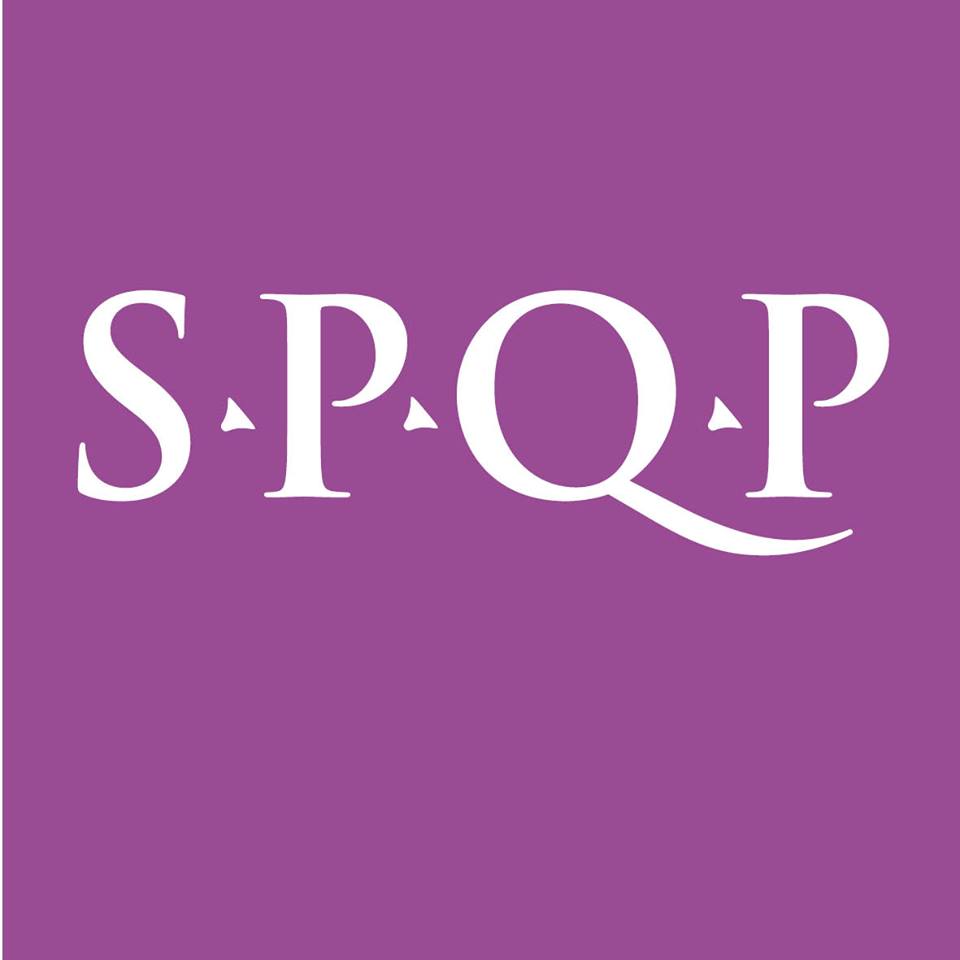

The collection of Society for Queer Memory represents a unique set of daily needs items, printed materials, private funds and oral testimonies capturing the history, memory and everydayness of LGBT/queer people living in Czech milieu. The oldest members of the community are perceived as bearers of a specific historical memory based on their experience of the second half of the 20th century, when they were criminalized and subjected to repression by the state. Thus, the collection focuses also on defensive strategies of “dual life” of this particular social group, both official and private.
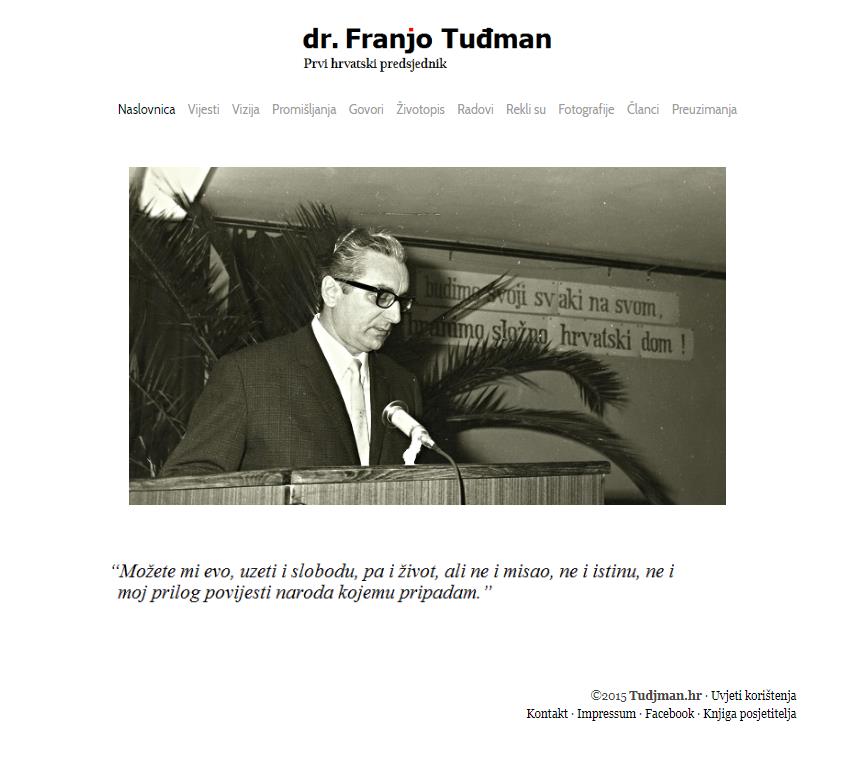

In 2013, the grandchildren of Franjo Tuđman decided to launch the website Dr Franjo Tuđman - The First Croatian President, as the official website of their grandfather. They believe that it is to observe Tuđman's intellectual and political evolution, and especially his idea of creating an independent and democratic Croatia which grew from the 1960s, almost three decades before the crisis and the collapse of the Yugoslav communist system in the late 1980s. On the other hand, they are dissatisfied with certain perceptions of Tuđman's political actions, and the fact that the first Croatian democratically elected president has not in any way been institutionally commemorated - with, e.g., a museum or institute. The website illustrates the way in which Tuđman succeeded in achieving his ideas in practice, which were unacceptable in the Yugoslav Communist system. The site is published and edited by Dejan Košutić, Siniša Košutić, Nina Tuđman Vuković, Ivana Tuđman, Ana-Marija Tuđman and Nera Tuđman.
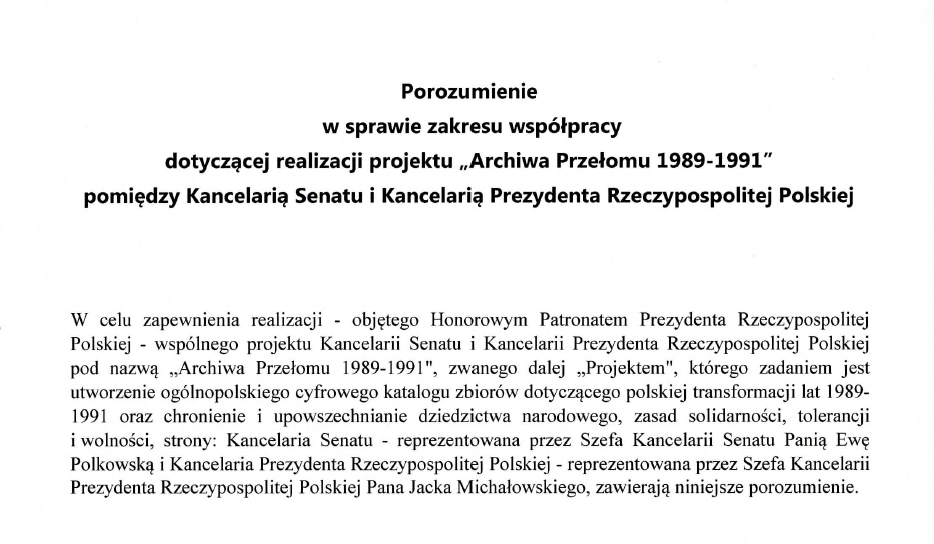

- publishing on-line digital versions of the documents, visual and audio-visual materials, as well as the photographs of objects from the period of Polish transformation;
- granting access to the materials on the modern Polish history for the wider public and the researchers;
- saving the heritage of the first years of transition.
Both Chancelleries declared full support and cooperation in realising the project and its dissemination, i.e. organisation of conferences and seminars devoted to the first years of Polish post-socialist state.
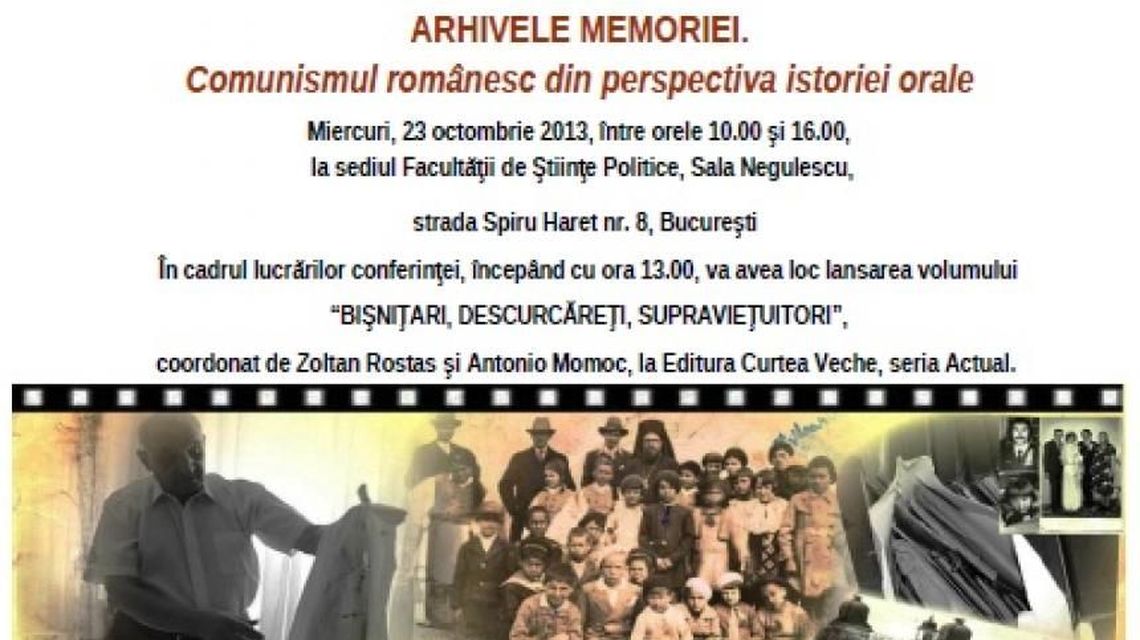

 Conference: Memory Archives. Romanian communism from the perspective of oral history, Bucharest, 23 October 2013
Conference: Memory Archives. Romanian communism from the perspective of oral history, Bucharest, 23 October 2013
The conference Arhivele memoriei: Comunismul românesc din perspectiva istoriei orale (Memory archives: Romanian communism from the perspective of oral history) was organised by CNSAS (Romanian acronym for The National Council for the Study of the Securitate Archives) in partnership with Faculty of Political Sciences, University of Bucharest, on 23 October 2013. The event was financed by the Konrad Adenauer Stiftung – Romania Office. This was the first national conference of a series of similar events held under the label of Memoria trecutului recent (The memory of the recent past). It aimed at bringing together those institutions and NGOs involved in projects regarding the creation and storage of oral history archives, and their use for academic and public purposes. A significant part of the papers presented dealt with methodological issues regarding the use of oral history sources in studying the communist regime and opposition towards it from multiple perspectives. Other speakers touched upon the use of oral history in public projects (such as museums) dealing with the memorialisation of the communist past. Several researchers from the Constantin Ticu Dumitrescu Centre of Oral History of CNSAS spoke about their oral history archive and addressed specific methodological issues concerning the use of this type of historical sources for studying the communist regime and the means used by the Securitate to repress any form of opposition towards it. Finally, some of the speakers underlined the importance of oral history interviews, and of the Oral History Collection at CNSAS in particular, in achieving a better and more nuanced understanding of the anti-communist opposition, as the focus on particular cases illustrates the ethnic differences, the gender particularities, and the other specific circumstances which influenced the way in which the Securitate dealt with each case.
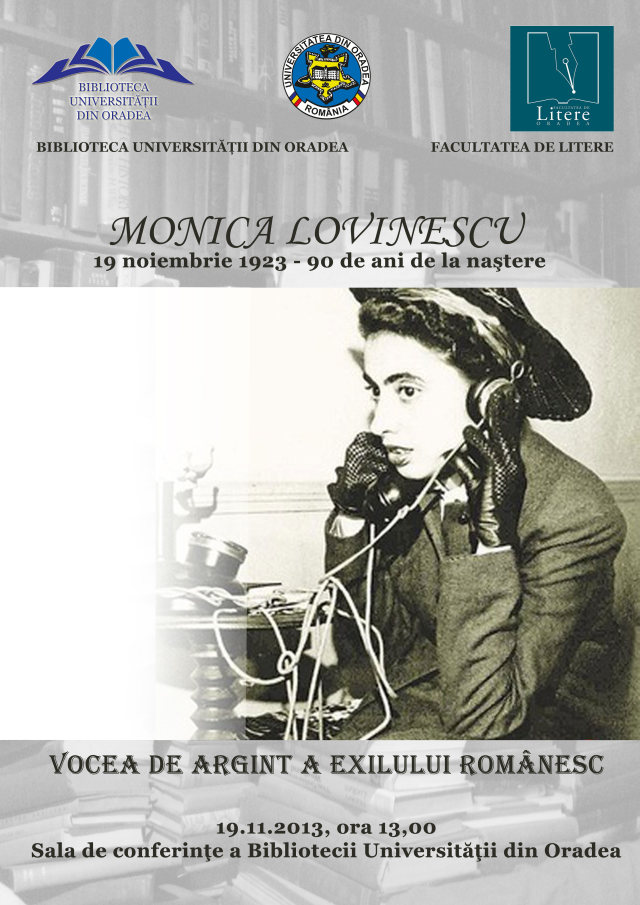

 Conference and Exhibition: Monica Lovinescu-The Silver Voice of the Romanian Exile Community, 19 November 2013
Conference and Exhibition: Monica Lovinescu-The Silver Voice of the Romanian Exile Community, 19 November 2013
In the context of the ninetieth anniversary of Monica Lovinescu’s birth, Oradea University Library together with the Faculty of Letters of the University of Oradea organised on 19 November 2013 the conference “Monica Lovinescu–vocea de argint a exilului românesc” (Monica Lovinescu: The silver voice of the Romanian exile community). The speakers were professors and librarians of these two institutions, who spoke about Monica Lovinescu and her literary activity and also about the Monica Lovinescu and Virgil Ierunca Collection housed by Oradea University Library. The conference was followed by listening to a recording with Monica Lovinescu’s voice from the archive of RFE. At the same time, an exhibition with Monica Lovinescu’s books and other invaluable items from the Monica Lovinescu and Virgil Ierunca Collection was opened in the lobby of Oradea University Library (Pop 2013).
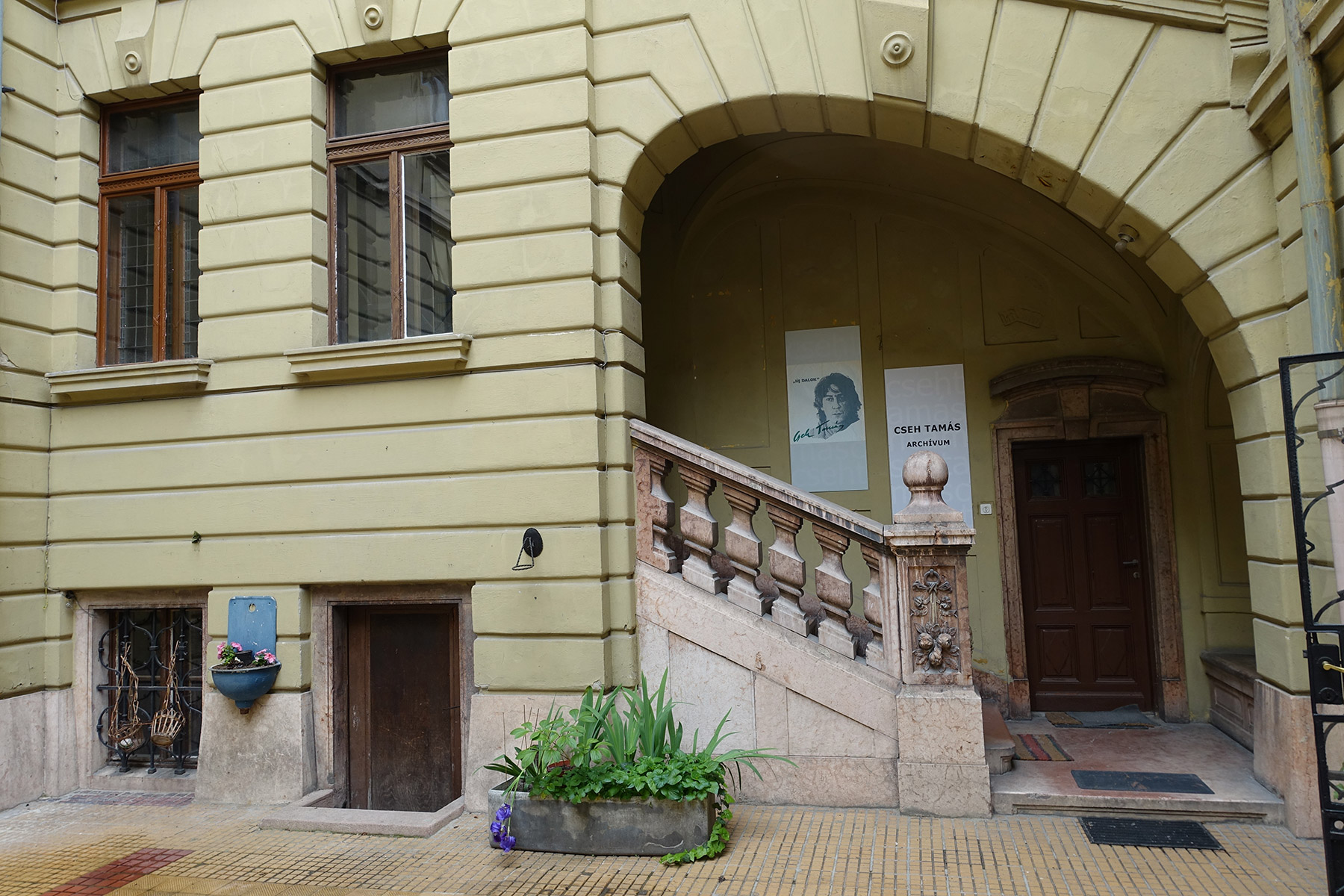

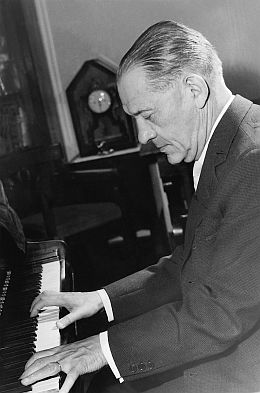

The legacy of composer László Lajtha provides insights into to the strategies adopted by an urban middle-class intellectual who made efforts to preserve the traditions of pre-communist classical cosmopolitan and national culture. By collecting cultural artifacts that would have been considered potentially oppositional by the regime, Lajtha, who was an internationally renowned composer, tried to sustain links to European culture across the Iron Curtain and to officially suppressed cultural values of religion and minority culture abroad.
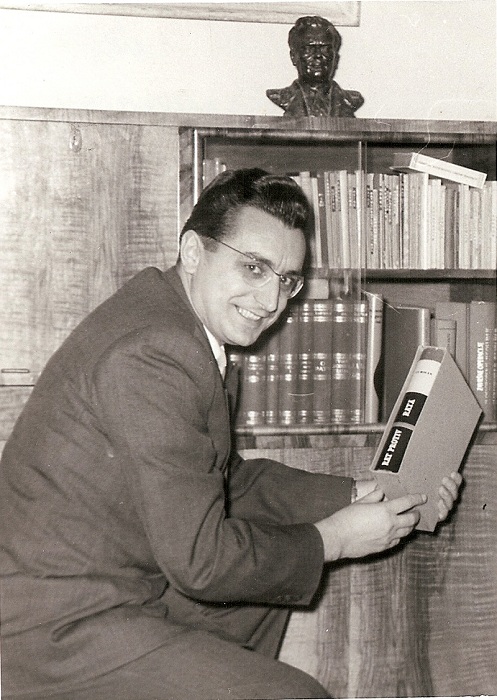

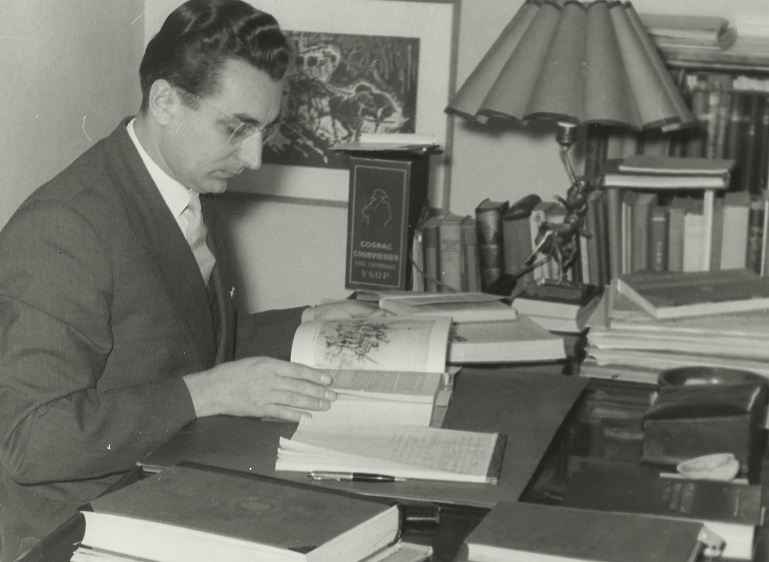
The website illustrates the life path and evolution of Franjo Tuđman’s ideas. Tuđman was a historian and politician who was twice sentenced to prison and banned from engaging in any public activity because he published and defended the results of his historical research, which contradicted the prevailing narrative promoted by the regime. The website contains digitised photographs, excerpts from Tuđman's diary, manuscripts and published works. The material testifies to his academic and political activities and his transformation from a relatively high-level communist official to a party dissident and finally the leader of the political opposition which overthrew the communist regime in Croatia.
This collection contains letters which the Libri Prohibiti Library obtained from the estate of the poet and manager of the Czechoslovak underground band Plastic People of the Universe, Ivan Martin Jirous. These letters were written by his wife, the painter Juliana Jirousová, during his many stays in prison. However, we can also find several unknown letters which were written before their wedding. This collection contains over 120 letters.


Jerzy Ludwiński Archive at the Wroclaw Contemporary Museum is a permanent exhibition which presents the achievements and works of Jerzy Ludwiński, as well as some items that belonged to him. Ludwiński was one of the most important neo-avant-garde critics and theoreticians in the 1960s and the 1970s. He was a visionary, predicting the evolution of art in a post-art epoch. The exposition is completed with the works of artists befriended with Ludwiński or those who developed his ideas. Gathered materials belong to the Wroclaw Contemporary Museum and to the Zacheta Lower Silesian Fine Arts Association. At the same time, Jerzy Ludwiński Archive serves as a repository, as well as a research space, devoted to developing further reflection on current art.
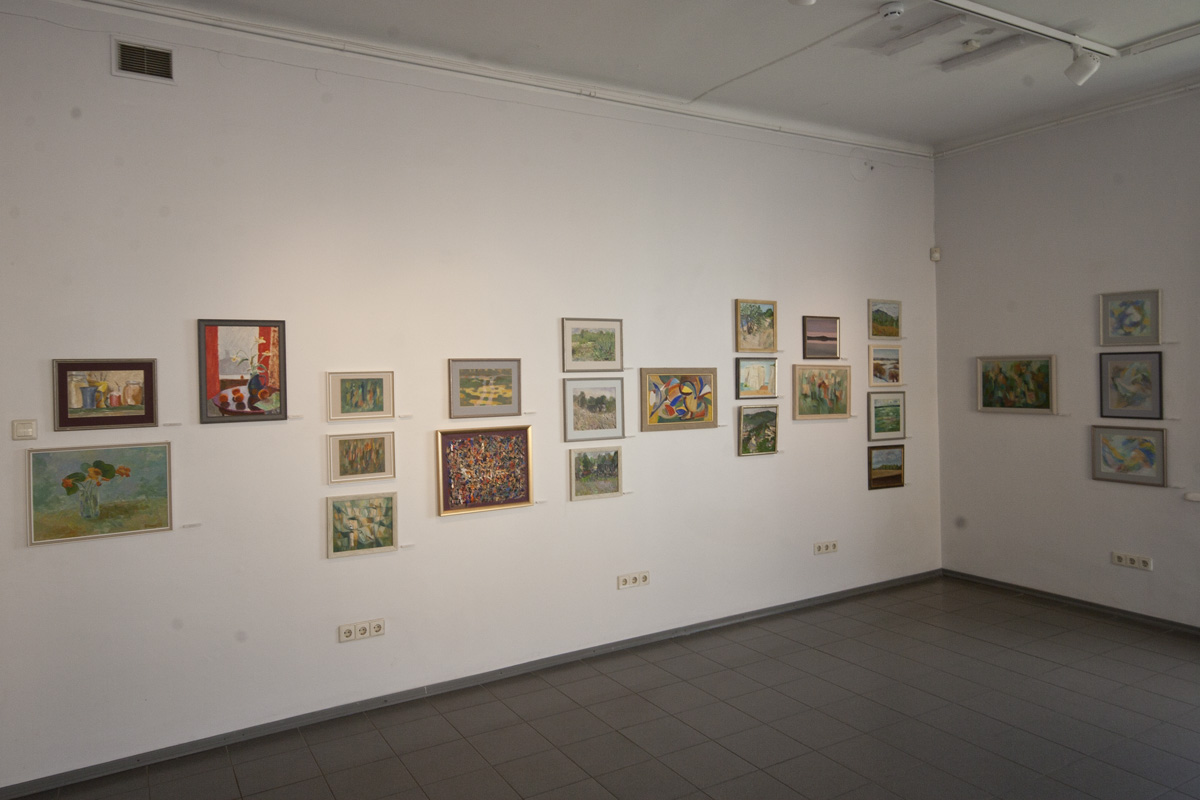

From 3 July to 28 July 2013, the exhibition ‘Tahavaatepeegel’ (Rear-View Mirror) ran at Tartu Art House. It was a retrospective exhibition of work by the Konrad Mägi Studio, a free academy for artistic education founded by artists who studied at the old Pallas Art School. It was founded in 1988 by Indrek Hirv, who invited Kaja Kärner to teach there. A year later, Heldur Viires joined as a teacher. After the death of Kärner in 1998, Viires was the only teacher at the studio. In this exhibition, 54 paintings by 35 artists were exhibited. The collection of Heldur Viires was represented by six works of art by Kaja Kärner, as well as two monotypes by Viires.
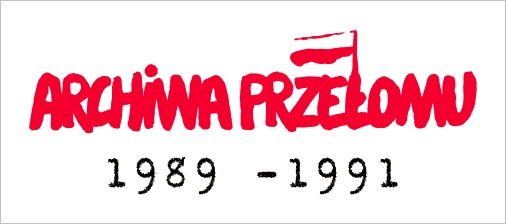

The Archives of Transition 1989-1991 is a project coordinated by the Chancellery of the President of the Republic of Poland and the Chancellery of the Senate of the Republic of Poland. The project aims at creating a public registry of all materials, archives, library, cultural institutions and museums in possession of materials concerning the period of Polish political and social transformation. Archives of Transition consists of mapping the potential partners, researching the content of their collection and putting them in digital registry. The core of the collection of the Archives of Transition are the documents from both Chancelleries obtained from former politicians and activists, representing changes in Polish political, cultural and social context.
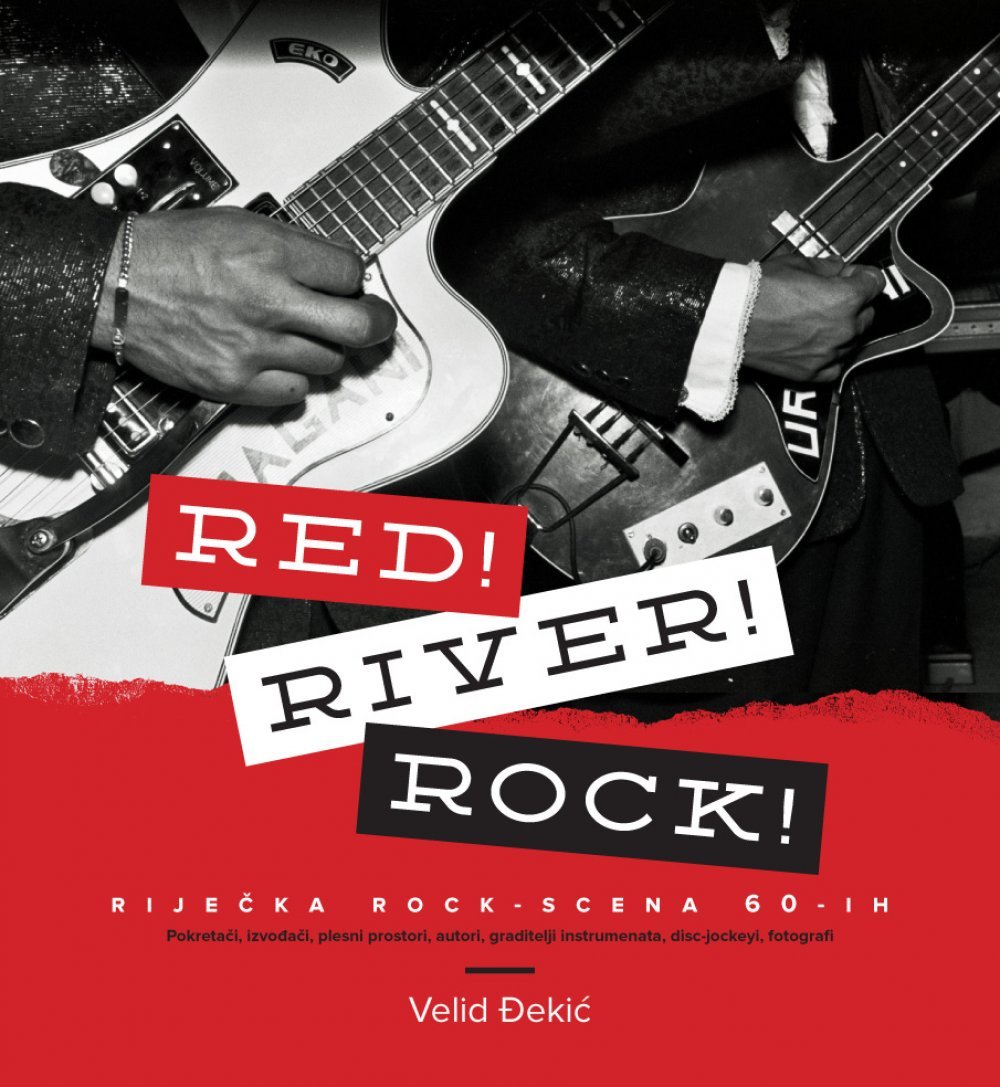

 Đekić, Velid. Red! River! Rock!: riječka rock scena 60ih (The rock scene of Rijeka in the 1960s), 2013. Publication
Đekić, Velid. Red! River! Rock!: riječka rock scena 60ih (The rock scene of Rijeka in the 1960s), 2013. Publication
Velid Đekić's book Red! River! Rock! deals with the Rijeka rock scene during 1960s. Đekić comprehensively presents the performers, dance halls, composers, instrument makers, disc-jockeys and photographers who formed the rock scene. The book testifies to the fact that young people in Rijeka were pioneers of rock 'n' roll not only in Yugoslavia but among other socialist states in Europe as well. Although Rijeka was in a monolithic one-party state, rock 'n' roll was a window to the West for the city’s youth.
The book shows that thanks to rock 'n' roll, young people expanded their horizons through a different form of entertainment than those who propagated communist authority and openly defied the imposed framework. Ultimately, the book functions as a sort of musical lexicon because it provides extensive information about the line-ups of bands, the years of their foundation and dissolution, repertoires, popularity and song-writing.
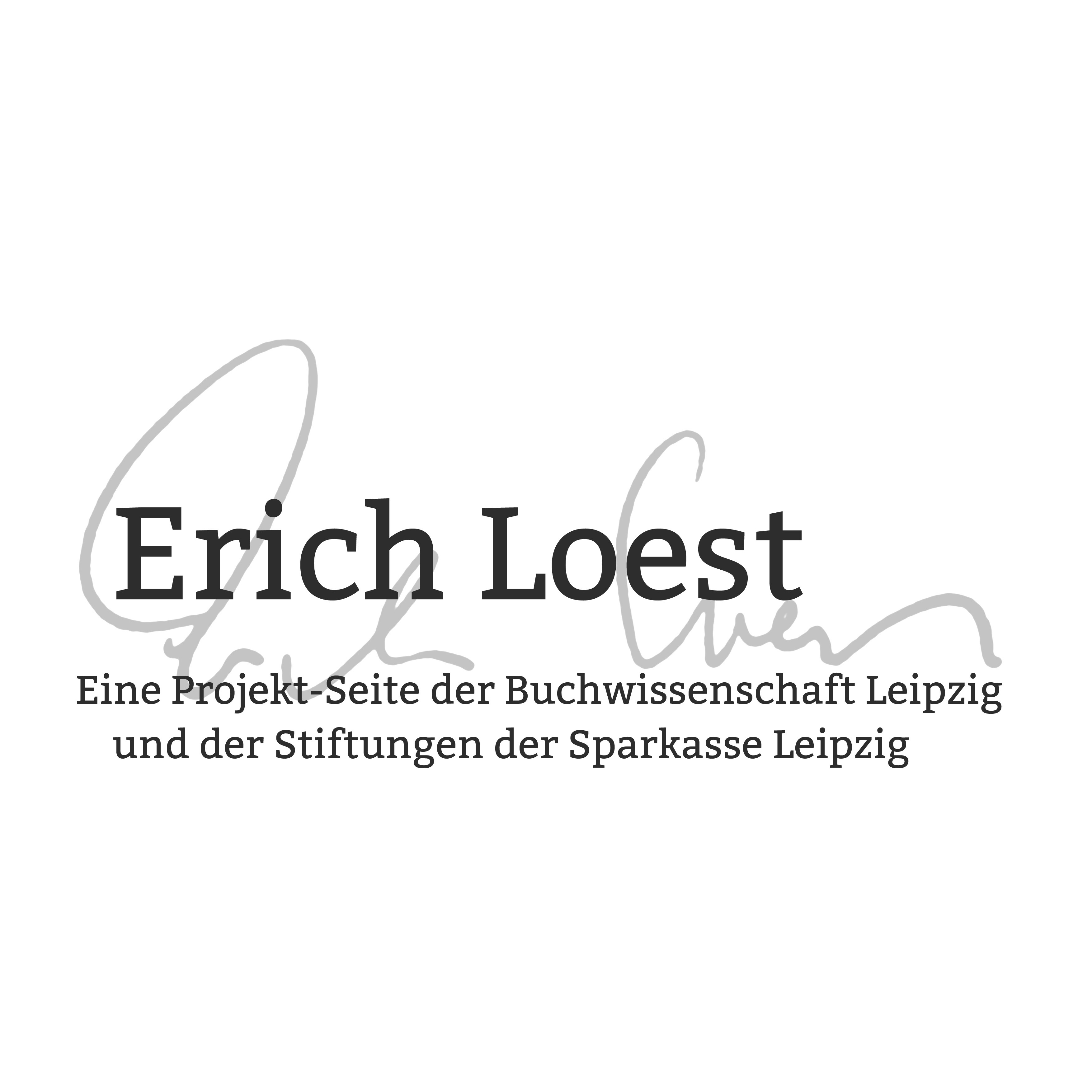

The digitalization of most documents began while Erich Loest was still alive, initiated by Siegfried Lokatis. The renowned censorship researcher and head of the Department of Book Science at the Institute for Communication and Media Studies of the University of Leipzig recognized the value of the documents for a pilot project of the Leipziger Land Cultural and Environmental Foundation. Several students reviewed the archive’s inventory, digitalized thousands of documents, and created an index of places, people, topics, and works. Additionally, on their website, they published the first evaluation of the files on the topics of State Security, censorship, Loest’s isolation and emigration, prison and rehabilitation, and his life in reunified Germany.
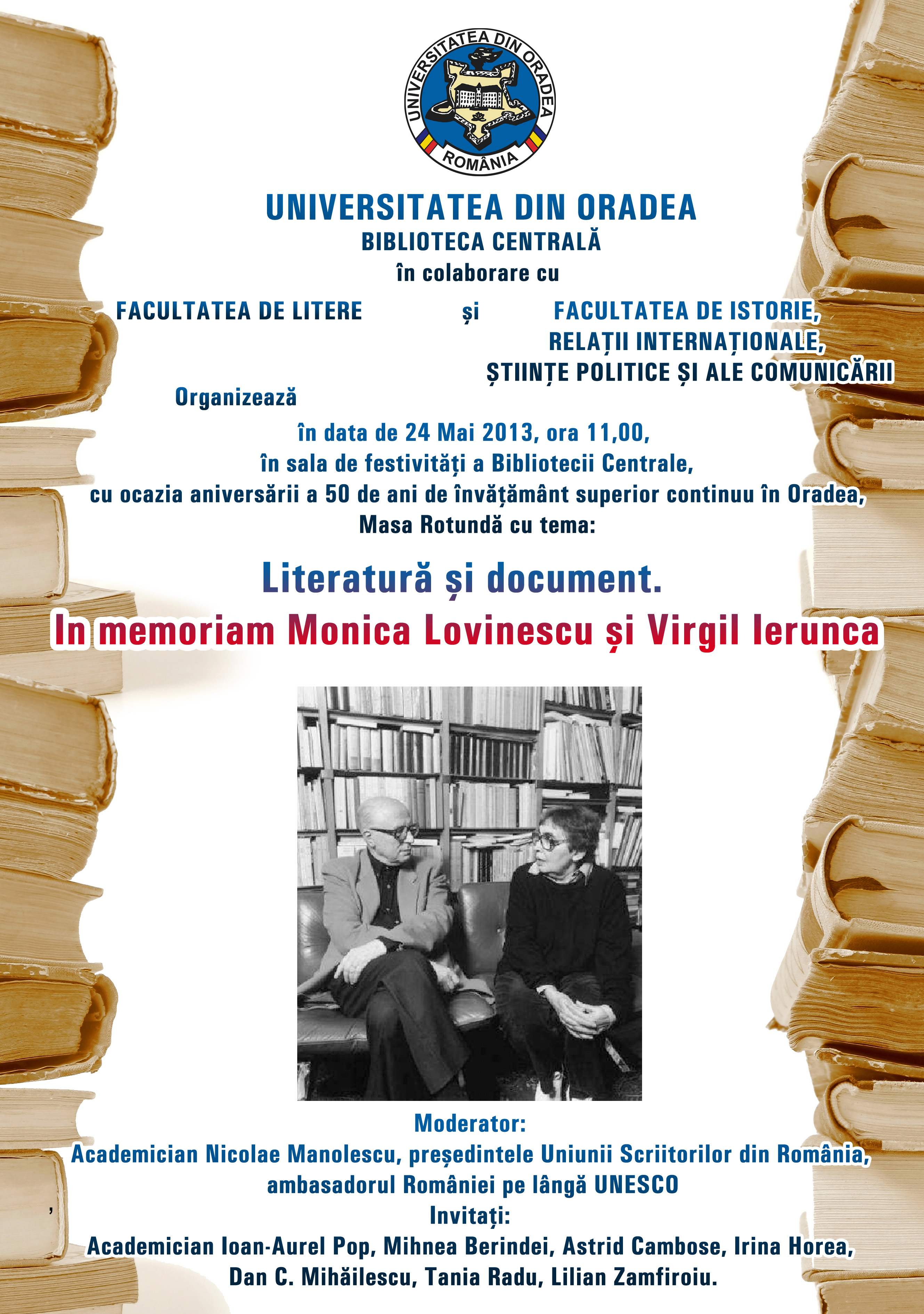

 Roundtable Discussion: "Literature and document" in memoriam Monica Lovinescu and Virgil Ierunca, Oradea, 24 May 2013
Roundtable Discussion: "Literature and document" in memoriam Monica Lovinescu and Virgil Ierunca, Oradea, 24 May 2013
In the context of the fiftieth anniversary of the University of Oradea, the Faculty of Letters and the Faculty of History, International Relations, Political Sciences, and Communication in partnership with the University Library organised on 24 May 2013 a round-table discussion under the title “Literature and document” in the memory of Monica Lovinescu and Virgil Ierunca. The event moderator was Nicolae Manolescu and the among the guests were Lilian Zamfiroiu and Mihnea Berindei, the other two personalities involved in the donation of the Monica Lovinescu and Virgil Ierunca Collection to Oradea University Library.
The speakers told the audience about the circumstances in which the collection reached Oradea in the spring of 2010 and the role of the two collectors in supporting Romanian intellectual dissidents and their cultural opposition to the communist regime. Consequently, one of the speakers remembered the conditions in which the truck from Romania managed to reach and park outside Lovinescu and Ierunca’s house on a narrow street in Paris, how the books were loaded into the truck, and the long way from Paris to Oradea. Lilian Zamfiroiu spoke about his role in facilitating the donation to the University Library due to his privileged relation with Nicolae Manolescu, as he thought it would be a wonderful present for the new headquarters of the library. Nicolae Manolescu and Mihnea Berindei focused on the activity of Monica Lovinescu and Virgil Ierunca at RFE and stressed their invaluable support for Romanian dissidents and their contribution to undermining communist rule with the force of their words and moral encouragements for those who chose “to live in truth” (Editorial Jurnal bihorean 2013, 2).
